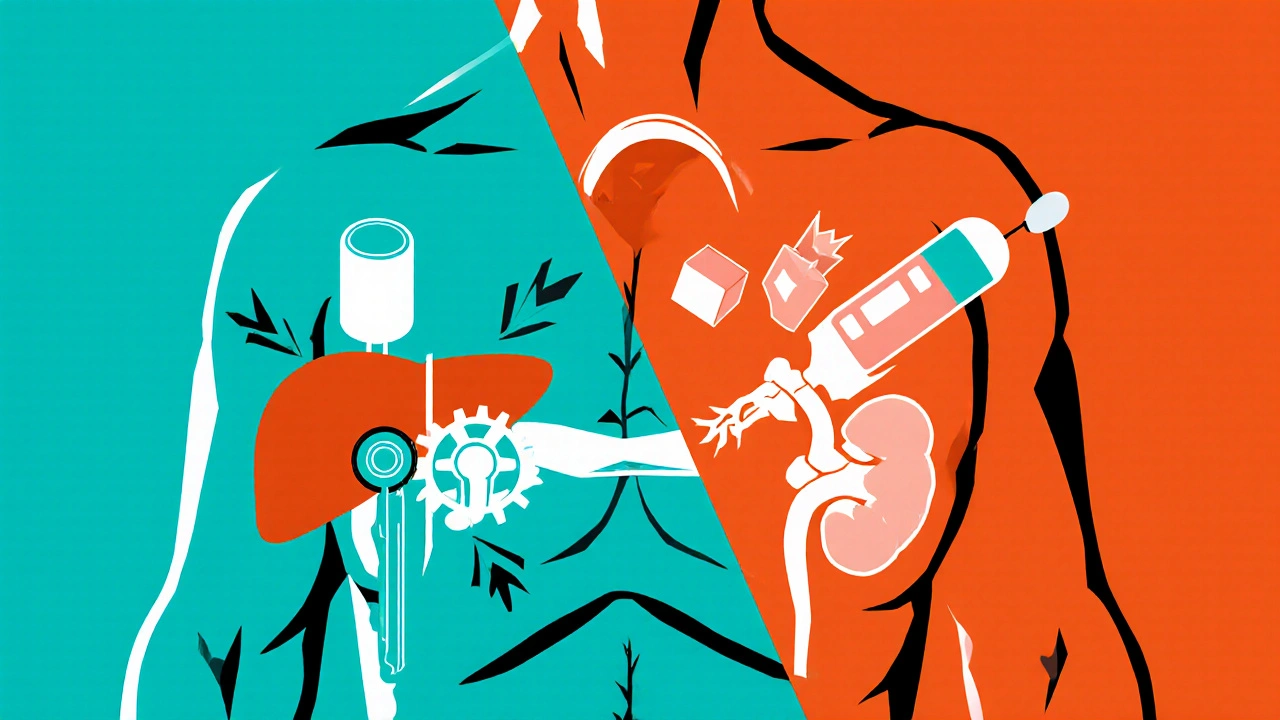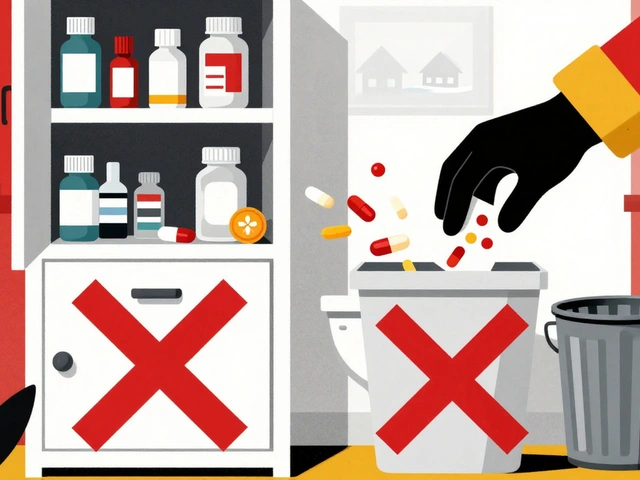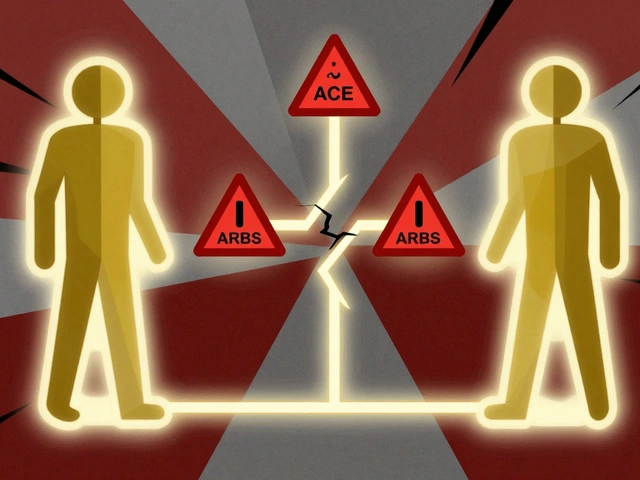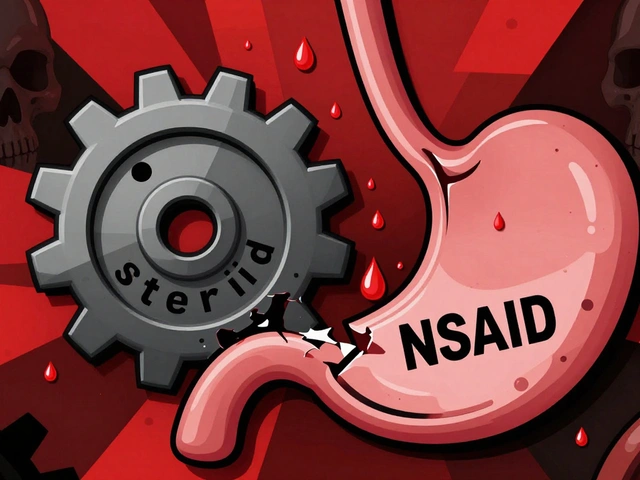Lactic Acidosis: Causes, Risks, and What You Need to Know
When your body makes too much lactic acid, a natural byproduct of energy production when oxygen is low. Also known as lactic acidosis, it happens when your system can’t clear it fast enough—leading to dangerous drops in blood pH. This isn’t just a lab number; it’s a red flag that something’s off in how your cells make energy.
Lactic acidosis often shows up in people taking certain meds, especially those that affect mitochondria—the powerhouses inside your cells. Drugs like metformin, a common diabetes treatment, or older antivirals can trigger it in rare cases, especially if you have kidney problems or are dehydrated. It’s also linked to serious conditions like sepsis, heart failure, or severe infections. Even intense exercise can cause temporary spikes, but true lactic acidosis is when levels stay high and your body can’t recover on its own.
Some people mistake its symptoms for the flu—fatigue, nausea, rapid breathing, muscle weakness. But if you’re on a medication that carries this risk and you feel unusually tired or short of breath, don’t wait. It’s not something you can treat at home. Early detection matters because it often signals a bigger problem underneath.
What you’ll find in the posts below isn’t just theory. These articles dig into real cases where drugs like metformin, certain antibiotics, or chemotherapy agents led to lactic acidosis. You’ll see how doctors spot it, which patients are most at risk, and what steps can help prevent it—without stopping necessary treatments. This isn’t about fear. It’s about knowing what to watch for, so you can stay safe while managing your health.

Metformin and Contrast Dye Interaction: Risks of Lactic Acidosis & Renal Impact
A practical guide to metformin and contrast dye interaction, covering lactic acidosis risk, renal function assessment, updated FDA guidelines, and step‑by‑step management for clinicians.
read more




